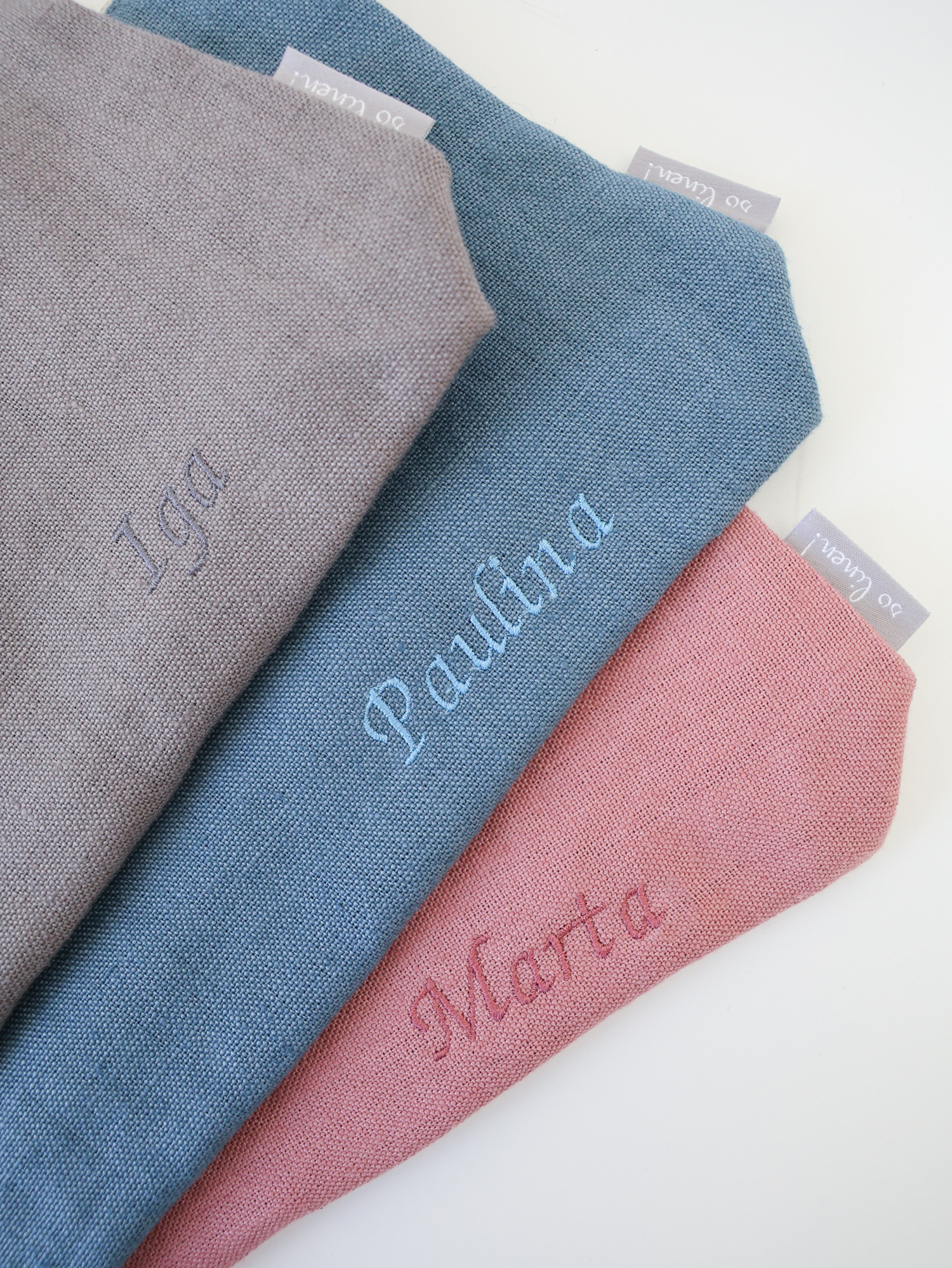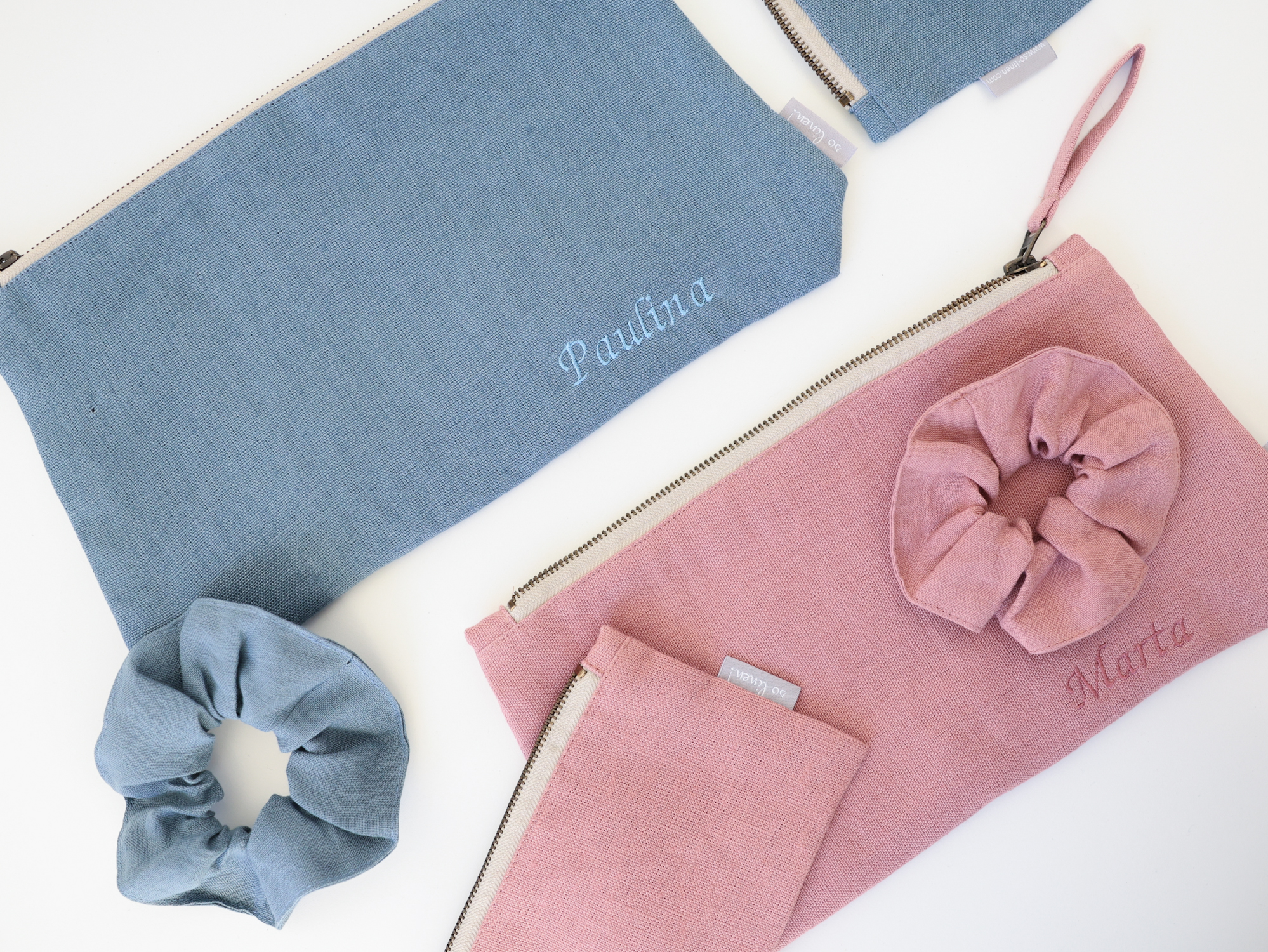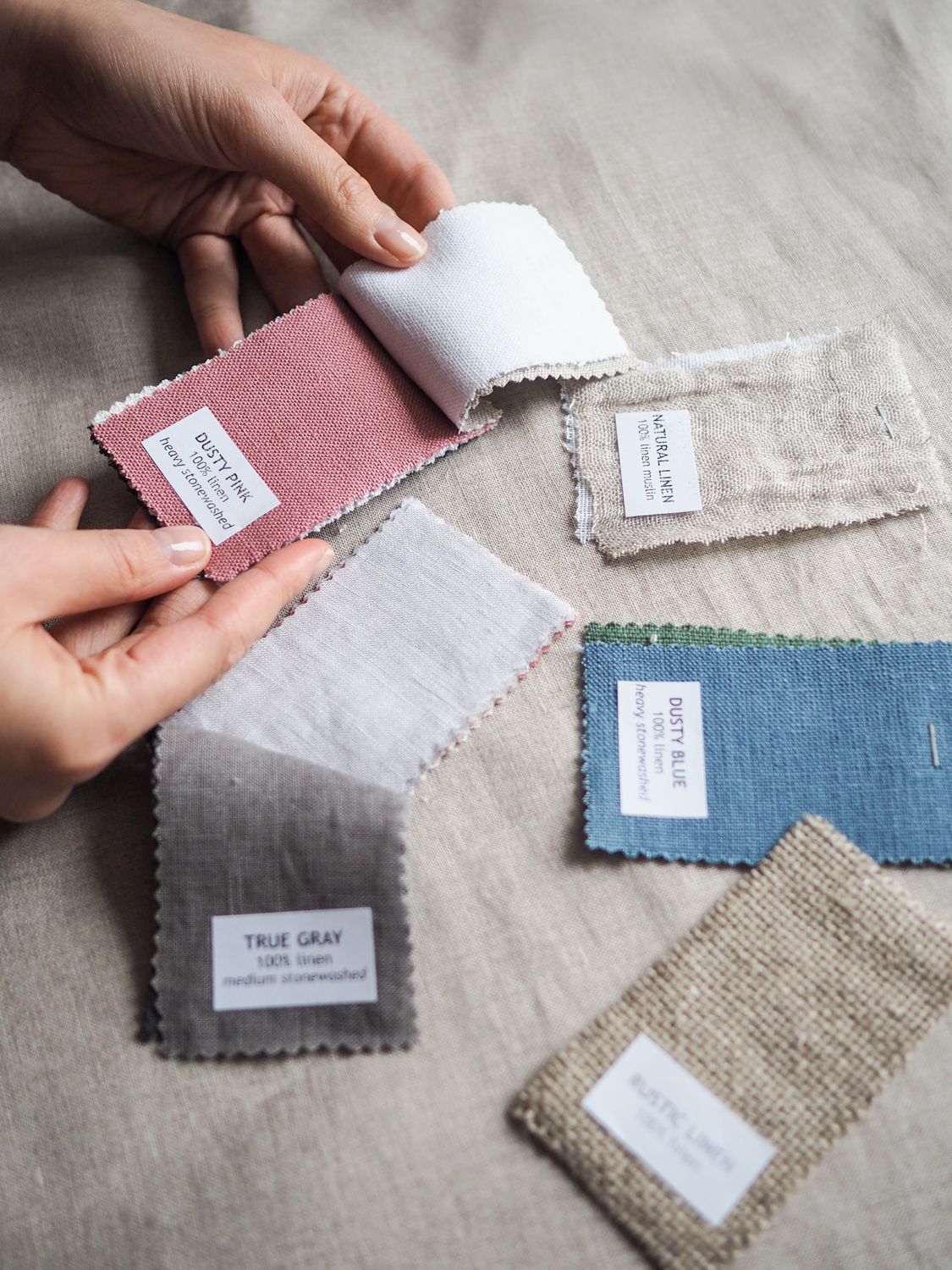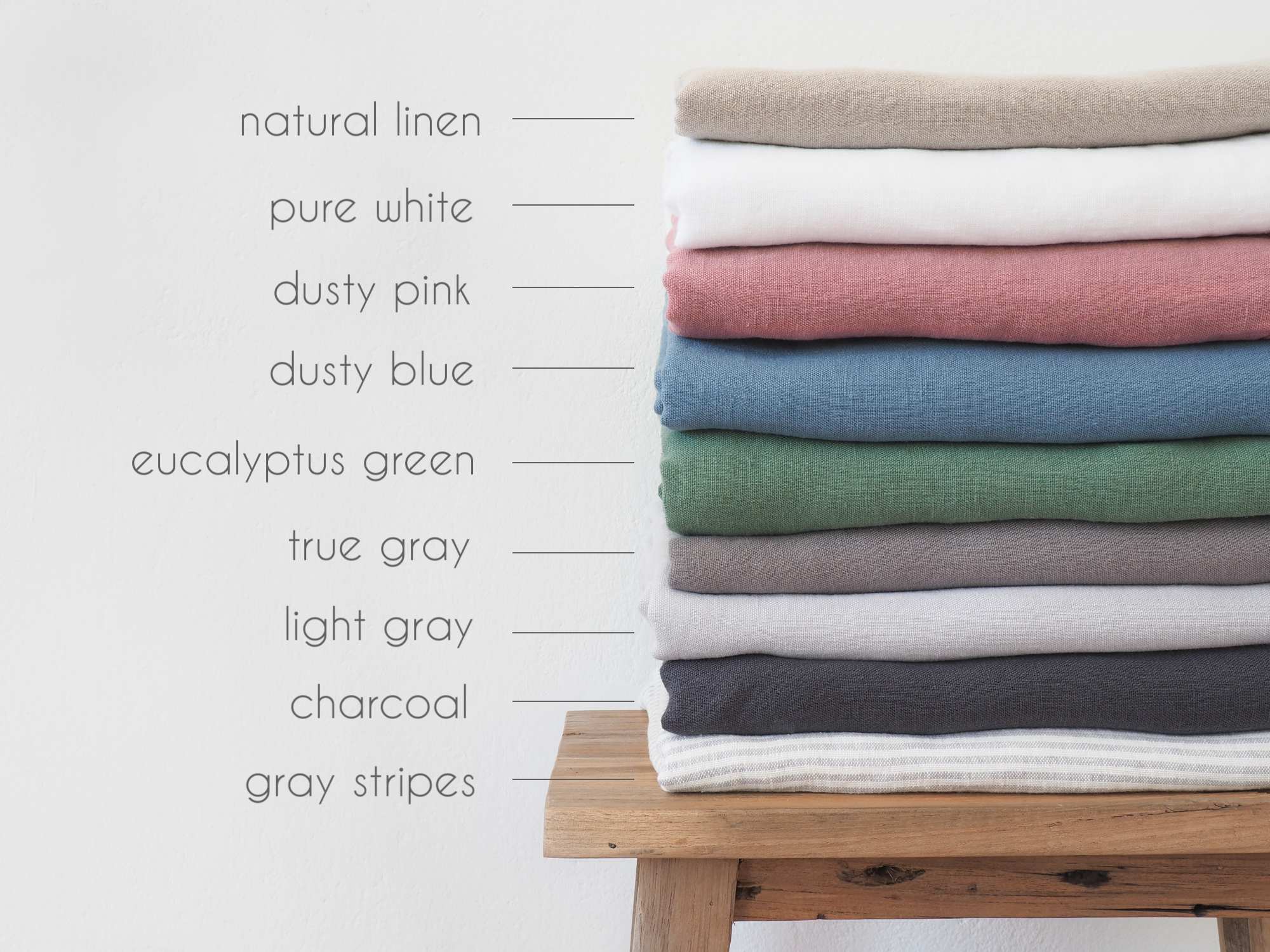Uncategorized
Why does linen crease?
Among the many properties and characteristics of linen, is its susceptibility to creasing. While to us this is a unique ability that only enhances the beauty of the natural fabric, we are still met with questions of “Why does linen crease?”.
However, before we answer the question “Why does linen crease?”, we will try to explain why linen fabrics are distinguished by creasing and crinkling.
BEAUTY OF CREASING
Why does linen crease? There is a saying in Polish tradition “Linen creases but it creases in an expensive way“. These words emphasize the uniqueness of linen fabrics – by creasing, we can judge whether a person is wearing an expensive, unique fabric. This means that originally, creasing linen was a sign of luxury, elegance, glamour and class. No wonder we can find it on catwalks and in the designs of the most prominent designers – Ralph Lauren, Valentino, Pierre Frey.
What‘s more – in ancient times, when linen was the most valuable currency – it always took a crumpled form. Rulers took a liking to it, appreciating its irregularity and using it both in styling and in the form of linen bedding. Thus, flapping in the wind, the delicate linen form adorned the royal bed – especially in ancient Egyptian times.
Today, many find creasing of the linen fabric problematic. This approach is mainly the result of new trends and the belief that elegance is the same as care. However, diligence doesn‘t always have to mean ironed material, especially if it‘s all-natural. Elegance is a linen tablecloth with crystal tableware, wine tart and seafood. It‘s also a big bed, pillowcases, lavender-scented oils and fresh flowers standing on the nightstand. An icon of elegance can be a Scandinavian living room, which is filled with morning sunlight filtering through muslin curtains.
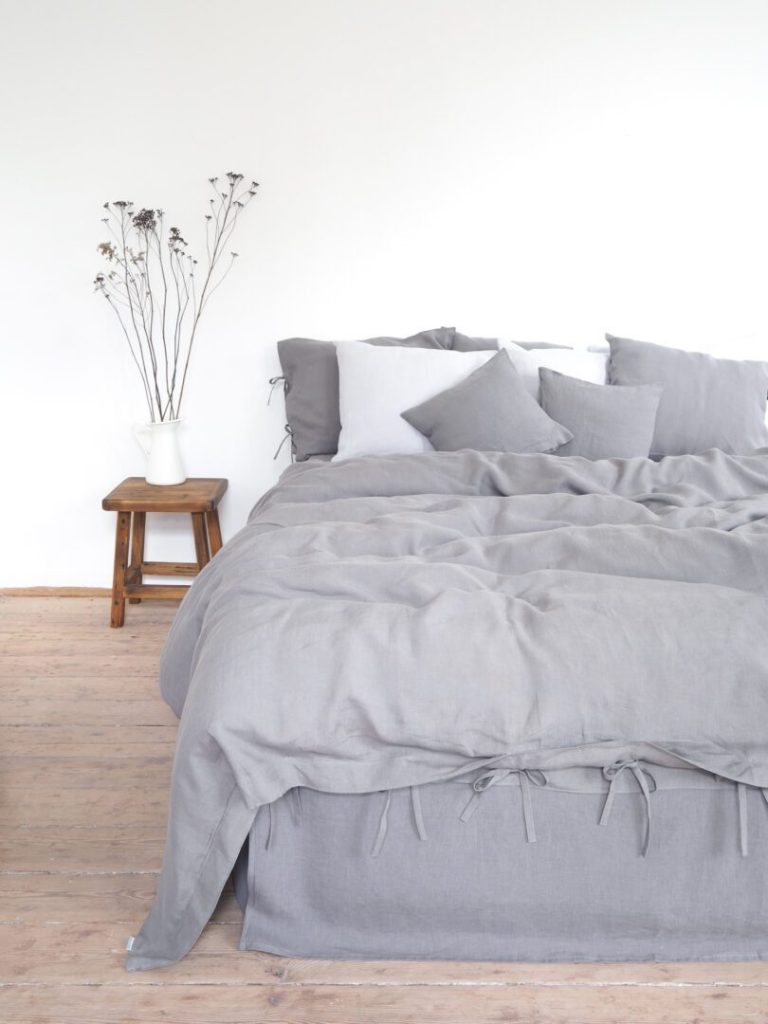
BUT WHY THE CREASING?
Why does linen crease? Linen fibers can vary – for example, depending on production or the addition of other fabrics. Thus, there are thicker and thinner flax fibers, which obviously affect fleshiness, bulkiness, degree of air permeability, etc. Thus, yarns made of coarse fibers are bulkier and have a more pronounced texture. Fine fibers on the other hand are more delicate, airy, soft and subtle.
The latter tend to crease more – mainly due to their delicacy and uniqueness, which has been identified with nobility for years.
In addition, natural fabrics – that is, those without synthetics – are based on the gifts that nature gives us. And this one does not create us materials or products that are adapted to the iron or steamers. Manufacturers add elastane or polyester, adapting the fabric to higher temperatures or mechanical washing. The latter is an artificial fibre which does not need to be ironed, but which is allergenic, does not provide natural air circulation, often creates a barrier for the skin, which does not carry out thermoregulation and “steams” under the seemingly thin fabric.

HOW DO I KEEP THE LINEN FROM CREASING?
There is no single, effective method to stop linen from creasing. As we have mentioned many times – that is its charm. The first rule to always follow is: accept that minor creases are simply inherent to linen. You can see how beautiful creased linen can look on the so linen profile! on Pinterest.
However, there are some tricks that will allow you to reduce the degree of creasing. A few of them, for ease of reference, are presented to you below.
- Iron linen runners or linen curtains only on high heat while they are still slightly damp. Beware of stonewashed linen though – this soft, fluffed texture is very sensitive.
- After washing your linen, carefully lay it out on the dryer or in the fresh air. Allow it to dry freely and avoid tumble drying.
- Hang up linen products (such as pillowcases) while they are still wet. The weight of the water will stretch the fibers a bit, preventing them from creasing.
- Don’t keep linens in narrow closets, under a pile of other products. Always fold them in an aesthetically pleasing way when dry and place them on a shelf, making sure that no heavy sweaters or piles of other laundry are pressing on them.



